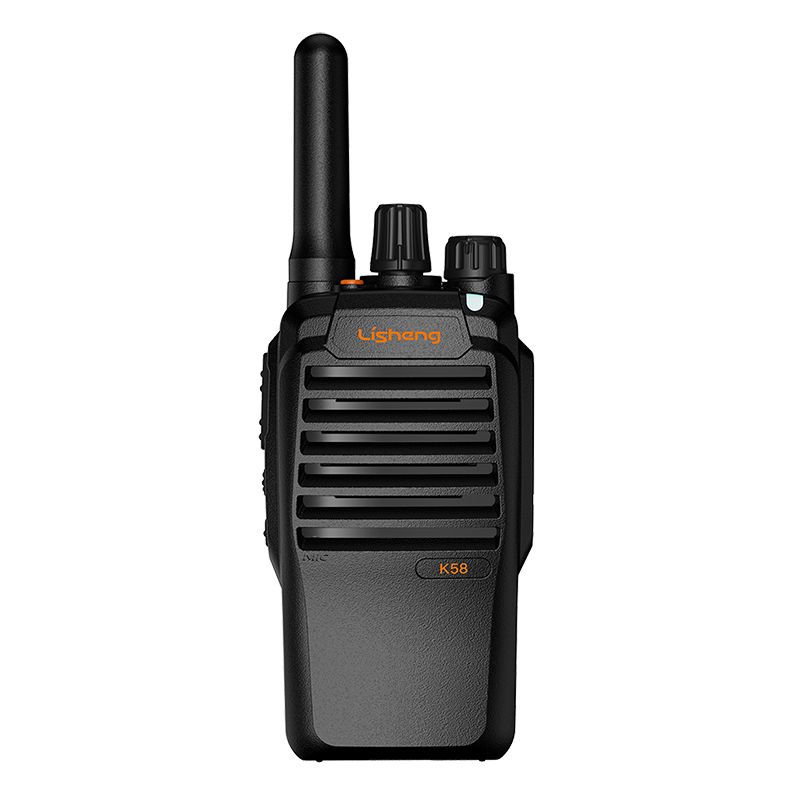- English
- Español
- Português
- русский
- Français
- 日本語
- Deutsch
- tiếng Việt
- Italiano
- Nederlands
- ภาษาไทย
- Polski
- 한국어
- Svenska
- magyar
- Malay
- বাংলা ভাষার
- Dansk
- Suomi
- हिन्दी
- Pilipino
- Türkçe
- Gaeilge
- العربية
- Indonesia
- Norsk
- تمل
- český
- ελληνικά
- український
- Javanese
- فارسی
- தமிழ்
- తెలుగు
- नेपाली
- Burmese
- български
- ລາວ
- Latine
- Қазақша
- Euskal
- Azərbaycan
- Slovenský jazyk
- Македонски
- Lietuvos
- Eesti Keel
- Română
- Slovenski
- मराठी
- Srpski језик
Let’s take you through the development history of walkie-talkie equipment.
2024-02-03
The walkie-talkie is a terminal device for cluster communication. It can not only be used as a terminal device for cluster communication, but also can be used as a professional wireless communication tool in mobile communications.

Intercoms cover a wide range. Here we will collectively refer to radio communication equipment working in the ultra-shortwave frequency band (VHF 30 ~ 300 MHz, UHF 300 ~ 3000 MHz) as radio walkie-talkies. In fact, according to relevant national standards, it should be called ultra-short wave FM wireless telephones. People usually call handheld wireless phones with low power and small size "walkie-talkies". In the past, some people called them "walkie-talkies" and "walkie-talkies"; while those with high power and large size can be installed in the car ( Vehicles such as ships) or wireless telephones for fixed use are called "radio stations", such as vehicle-mounted radios (vehicle-mounted radios), marine radios, fixed radios, base stations, repeater radios, etc.
The radio walkie-talkie is the earliest wireless mobile communication device used by humans and began to be used as early as the 1930s. In 1936, the American company Motorola developed the first mobile radio communication product - the "Patrol Card" AM car radio receiver. Subsequently, in 1940, it developed the first handheld two-way radio AM walkie-talkie weighing 2.2 kg with a communication range of 1.6 km for the U.S. Army Signal Corps. In 1962, Motorola launched the first handheld wireless walkie-talkie HT200, which weighed only 935g. Its shape was called a "brick" and it was about the same size as an early mobile phone.
After nearly a century of development, the application of walkie-talkies has become very common, moving from specialized fields to general consumption, and from military use to civilian use. It is not only a professional wireless communication tool in mobile communications, but also a consumer tool with consumer product characteristics that can meet people's daily needs. A walkie-talkie is a terminal device for point-to-multipoint communication that allows many people to communicate with each other at the same time, but only one person can speak at the same time. Compared with other communication methods, the characteristics of this communication method are: instant communication, one-call response, economical and practical, low operating cost, no call charges, easy to use, and also has group call broadcast, system call, confidential call and other functions.
In dealing with emergencies or dispatching and commanding, its role cannot be replaced by other communication tools. Most traditional walkie-talkies use simplex analog communication, and some walkie-talkies use frequency division duplex analog communication. Digital walkie-talkies are often used in cluster communications, but most of them use frequency division duplex. Radio walkie-talkies and other wireless communication tools (such as mobile phones) have different market positionings and are difficult to replace each other. Radio walkie-talkies are by no means an outdated product and will be used for a long time. With the development of economy and progress of society, people are more concerned about their own safety, work efficiency and quality of life, and the demand for radio walkie-talkies will also grow day by day. The extensive use of walkie-talkies by the public has further promoted radio walkie-talkies to become a communication tool that people love and rely on.
